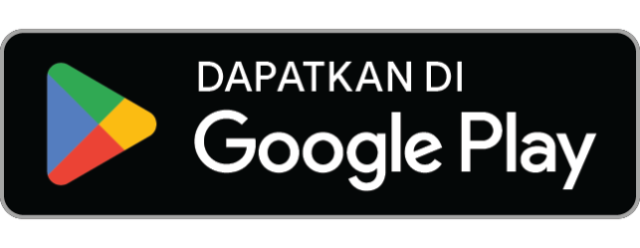In developing eLearning, there is always room for error that often appears. However, these errors can still be identified and avoided. Avoiding common mistakes that often occur in eLearning can improve the quality of learning. In addition, it can also help achieve the vision and mission of the institution.
There are five common mistakes to avoid in eLearning. Here’s an explanation.
Learning objectives are not well organized
Learning objectives are the pivot of all types of instructional designs. All elements like material content and learners’ assessments must refer to learning objectives. Therefore, before creating content, the first step is creating learning objectives.
Make sure the learning objectives are well structured. You should understand all information to convey to the learners. The information should suit their learning needs by topic. Then, create an assessment design that fits the learning objectives.
By having clear and well-organized learning objectives, learning will run effectively. In addition, measuring the level of learners’ comprehension will be easier.
Content creation without regard for quality
Make sure you create good-quality content. Learners must feel that they are benefiting from the content presented. Avoid errors and other mistakes in writing. Those will cause doubts about the quality of the content as well as the credibility of the institution.
The content has too much text and images
Make sure the content is clear and concise. If the material is complex, break it down into short paragraphs or bullet points. Add supporting descriptions, facts, and images to make explanations easier to digest. Avoid irrelevant information because it can distract learners. Never use too many images since it causes learners to get bored.
Courses are not interesting and not challenging
One of the biggest mistakes in eLearning is delivering courses that are not interesting and challenging. In developing eLearning, the content should allow users to feel they are gaining knowledge and learning something new. Otherwise, they will lose interest and motivation to complete the course.
You can use real-life scenarios, case studies, or contextual stories that can be connectors to make understanding easier. Give interactive challenges such as quizzes, scoring games, projects, etc. Use creativity as a powerful mantra in creating interesting and challenging learning.
Complex designs to maintain, update, and upload
Complex courses or learning designs to maintain, update, and upload will be a problem for the institution and users. It is related to a Learning Management System (LMS) selection. Let your LMS support the format of the content to upload. Choose an LMS that supports multiple formats like text, audio, video, animation, SCORM, etc.
One of the LMS we recommend is Katalis.App. that can support various content formats as mentioned above. In addition, Katalis.App is based on Open edX. Hence, it enables you to avoid technical complexities such as maintaining and updating the system. You can focus more on compiling quality content and developing your business.
Without much investment, Katalis.App allows you to have a proven and scalable LMS that has been used by popular companies with thousands of users. Contact us here for further discussion.


0 Comments
Leave A Comment